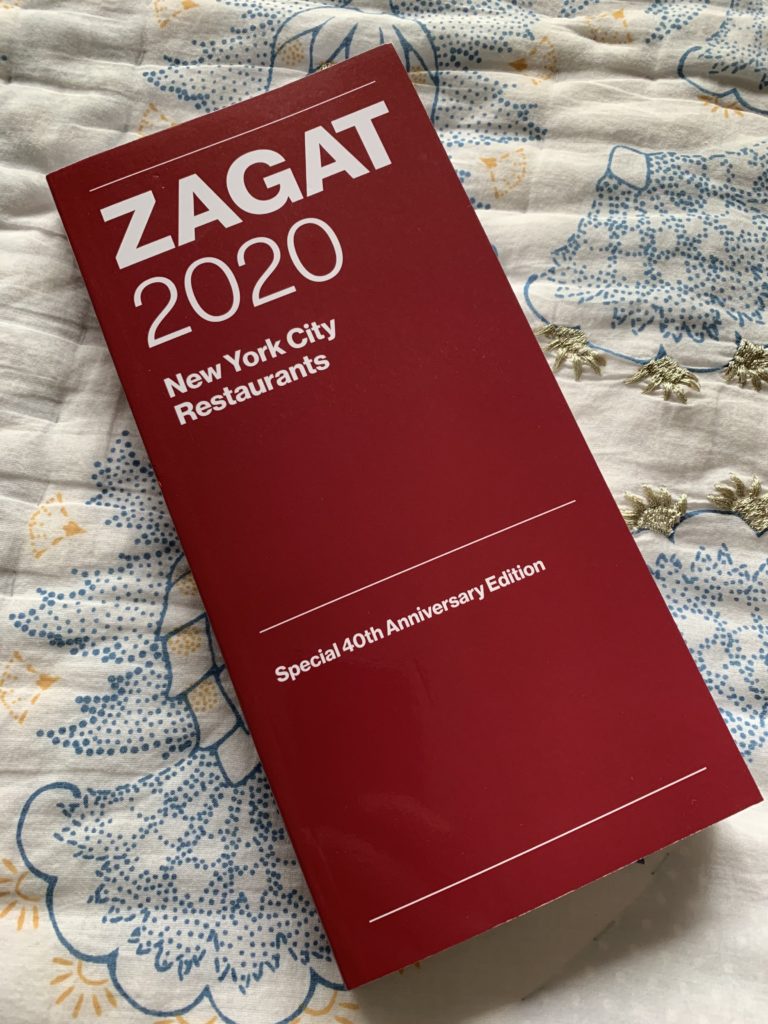As ever, the Composite research, coding, and field-testing continues. And, in an interesting confluence of events, I stumbled across a research paper today that perfectly lines up with something I’ve recently experienced anecdotally in my own life.
For a while, I’ve been playing with biometric data sources that track fatigue and training status, so the Composite algorithm can square a theoretically ideal workout plan (heavy back squats today at 85% of my max) with the ever-changing reality of day-to-day life (I’m feeling run-down this morning, slept terribly, and think I might be coming down with a cold – better reduce the weight of those squats). And, actually, I’ve been making a bunch of progress on that front, measuring things like daily increase / decrease in grip strength (using a device called a dynamometer, which research shows correlates well with central nervous system fatigue), and tracking heart rate variability (using the excellent HRV4Training app to collect similarly research-backed data).
But, thus far, though I’d wanted to track sleep, too, most of the iPhone apps I’d found to do so were pretty much garbage. Though they all kicked out impressive-looking visualizations, they were often demonstrably incorrect – apps would show me deep in REM sleep when I knew I’d actually been awake and headed to the bathroom to pee.
So, on a friends recommendation, I bit the bullet, downloaded the Apple Watch app AutoSleep, and figured out an early-evening charging schedule that let me wear my watch to bed rather than just charging it overnight. And, in short, AutoSleep is pretty amazing – both in the detail it provides, and the accuracy with which it does so. Even if I end up just passing out for a nap on the couch without meaning to midday, the app somehow accurately senses when I do, and kicks out a ton of related data about the siesta.
From my first month of AutoSleep, however, I made an unhappy discovery: I sleep much less each night than I’d previously thought. Before, I would have said that I get 7 to 7 1/2 hours nightly. But, it turns out, that’s how long I spend in bed, trying to sleep; I’m actually out cold for only 85-90% of that time – more like 6 or 6 1/2 hours – once I factor in falling asleep, and waking for random small pockets throughout the night.
Even so, it turns out I may still be doing better than most. As I mentioned, I found a study this morning which estimates most people only really sleep about 80% of the time they’re trying to do so. Getting 7 1/2 hours of shuteye therefore probably requires shooting for a whopping 9.
If you want an accurate sense of how much sleep you really get yourself, and you happen to own an Apple Watch, I’d suggest you, too, download AutoSleep and check things out. And, if you don’t, but are serious about sleep for performance and health, you should probably assume you’re not too far from the rest of us, and add some substantial padding to your sleep time, Netflix be damned.

